Pawsitively Healthy: A Guide to Maintaining a Healthy Weight in Cats
by Ruby Gin on Dec 18, 2023
As responsible cat parents, ensuring our feline friends maintain a healthy weight is a key aspect of their overall well-being. The struggle against obesity in cats is real, but with the right approach, maintaining a healthy weight can be both achievable and enjoyable. In this blog post, we'll explore practical tips and advice to help cat parents keep their beloved kitties in tip-top shape.
1. Balanced Diet Matters:
- Start with a high-quality cat food that meets your cat's nutritional needs. Consult with your veterinarian to determine the right type and amount of food based on your cat's age, weight, and health status.
2. Portion Control is Key:
- Measure your cat's food portions to avoid overfeeding. Follow feeding guidelines provided on cat food packaging or those recommended by your veterinarian.
- Be mindful of portion sizes for both wet and dry food.
3. Establish a Consistent Feeding Schedule:
- Create a regular feeding schedule to regulate your cat's metabolism. Avoid free-feeding to prevent overeating.
4. Monitor Weight and Body Condition:
- Regularly monitor your cat's weight and body condition. The goal is to be able to feel your cat's ribs without excess fat covering. Consult your veterinarian if you have concerns about your cat's weight.
5. Encourage Physical Activity:
- Engage your cat in regular play and exercise. Interactive toys like feather wands, laser pointers, or puzzle feeders can stimulate physical activity.
- Provide opportunities for climbing and exploration, enhancing both physical and mental well-being.
6. Prioritize Hydration:
- Ensure your cat stays well-hydrated. Consider incorporating wet cat food into their diet for the higher moisture content. Fresh water should always be accessible.
7. Say No to Human Food:
- Resist the temptation to share human food with your cat. Stick to a nutritionally complete and balanced cat diet to meet their specific needs.
8. Regular Veterinary Check-ups:
- Schedule regular veterinary check-ups to monitor your cat's overall health and weight. Discuss any dietary adjustments with your veterinarian.
9. Weight-Loss Plans if Needed:
- If your cat needs to shed some pounds, work with your veterinarian to develop a safe and gradual weight-loss plan. Rapid weight loss can have adverse effects.
10. Monitor for Health Issues:
- Be vigilant for signs of health issues such as lethargy, changes in behavior, or digestive problems. Promptly report any concerns to your veterinarian.
11. Consider Breed and Age:
- Be aware of breed-specific tendencies and adjust diet and exercise accordingly.
- Tailor nutrition to the specific life stage of your cat, considering the dietary needs of kittens, adults, and senior cats.

In the journey toward a pawsitively healthy feline companion, the key lies in a balanced diet, portion control, regular exercise, and veterinary guidance. By embracing these principles, cat parents can create an environment that promotes a healthy weight and, ultimately, a happier and more vibrant life for their cherished cats.
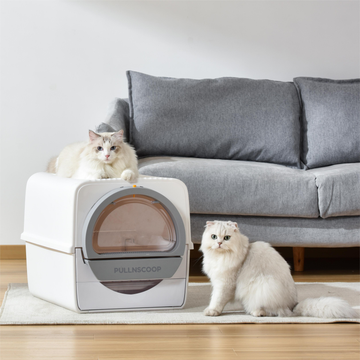
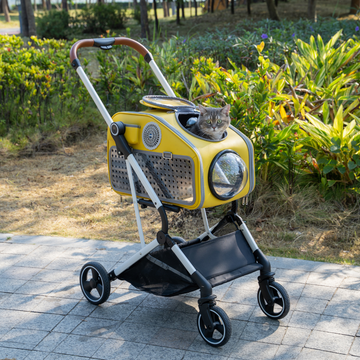
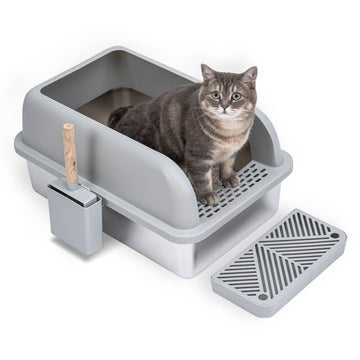
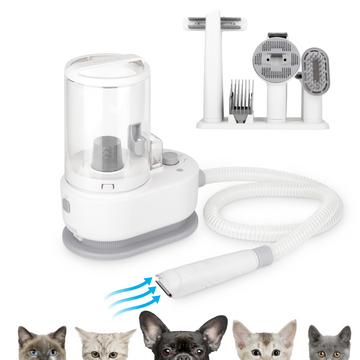
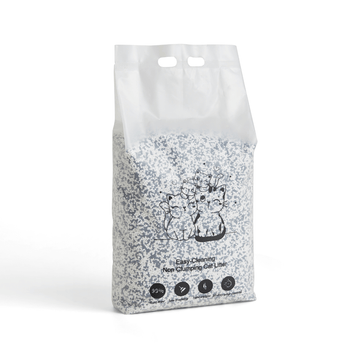
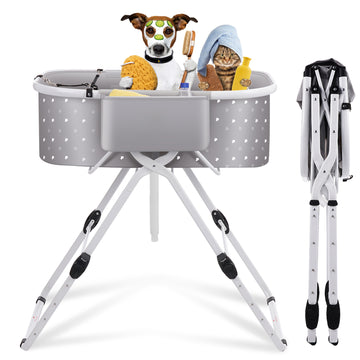
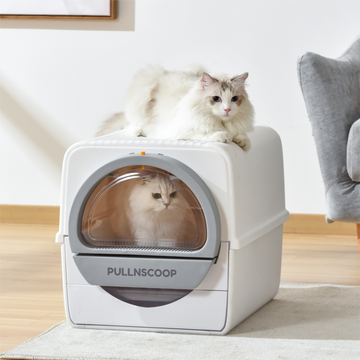
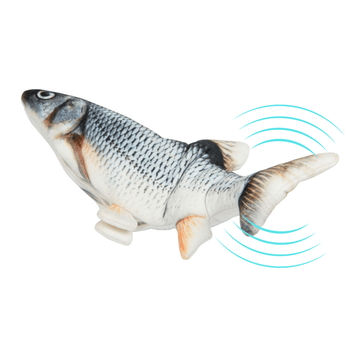
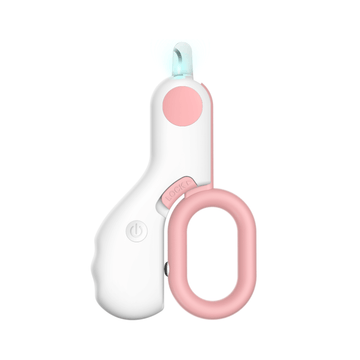
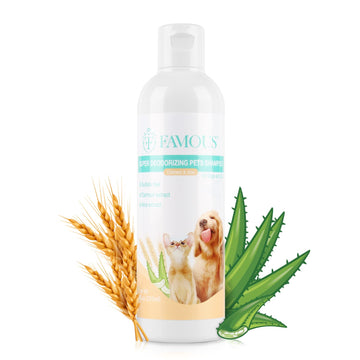
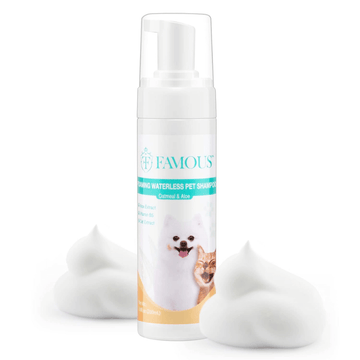
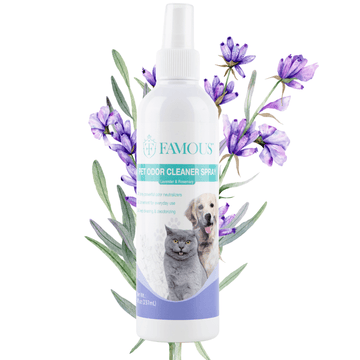
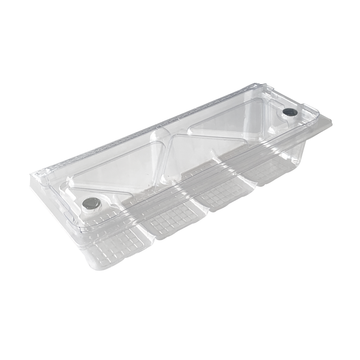
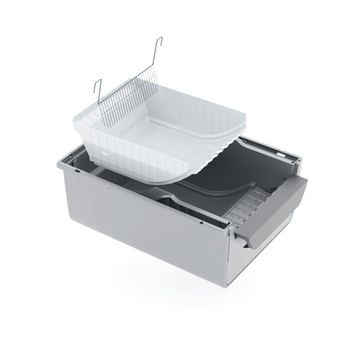
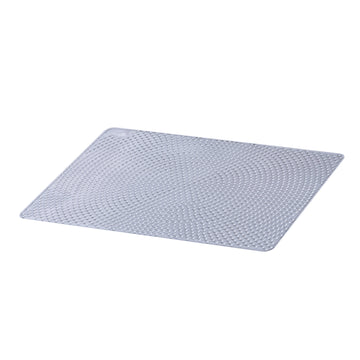
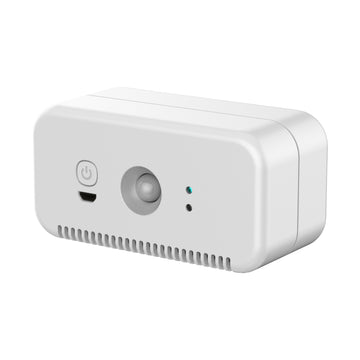
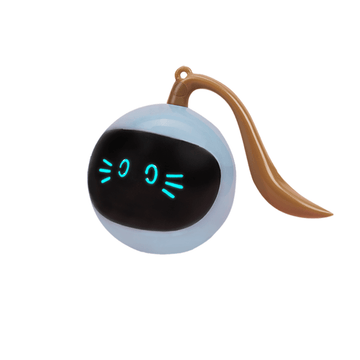
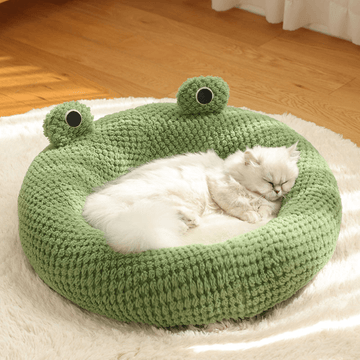

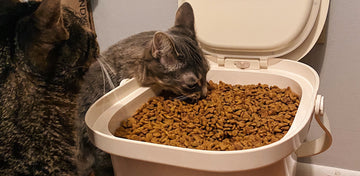
How to Choose the Perfect Stainless Steel Litter Box
Stainless Steel vs Plastic: Choosing the Right Litter Box
Stainless Steel Litter Boxes: Worth the Investment?
Longevity and Durability of Stainless Steel Litter Boxes